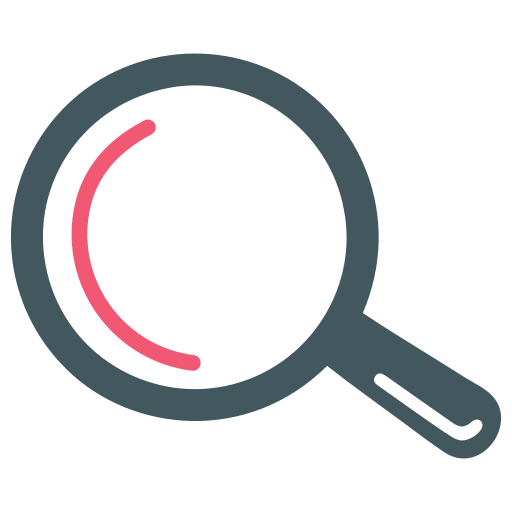
 A Customer Engagement Plan is a strategic document used by businesses to maintain or increase the level of interaction and communication with their customers throughout the customer lifecycle. This plan is crucial in customer success management as it aims to foster stronger relationships, enhance customer satisfaction, and ultimately drive business growth by increasing customer loyalty and advocacy.
A Customer Engagement Plan is a strategic document used by businesses to maintain or increase the level of interaction and communication with their customers throughout the customer lifecycle. This plan is crucial in customer success management as it aims to foster stronger relationships, enhance customer satisfaction, and ultimately drive business growth by increasing customer loyalty and advocacy.
The plan typically outlines the methods and activities that a company will use to engage with its customers, such as personalized communications, rewards programs, customer support initiatives, and interactive platforms.
It also involves understanding customer behaviors, preferences, and feedback to tailor interactions and offerings accordingly.

 Case Study: XYZ Retail Company
Case Study: XYZ Retail Company
XYZ Retail implemented a customer engagement plan that focused on creating a personalized shopping experience. They used data analytics to understand customer buying habits and preferences which allowed them to tailor their marketing communications. Additionally, they launched a mobile app that provided customers with personalized discounts, in-store navigation, and an easy checkout process. As a result, XYZ Retail saw a 30% increase in customer retention and a 25% increase in average customer spending.
 To effectively implement a customer engagement plan, consider the following best practices:
To effectively implement a customer engagement plan, consider the following best practices:
 For further reading and more in-depth information on customer engagement plans, the following resources are recommended:
For further reading and more in-depth information on customer engagement plans, the following resources are recommended:
These resources provide valuable insights and case studies that can help in crafting a robust customer engagement plan tailored to your business needs.
A Customer Engagement Plan is a strategic document used by customer success teams to outline the methods and activities designed to increase interaction and build stronger relationships with customers. It typically includes communication strategies, milestones, and specific goals aimed at enhancing customer satisfaction and loyalty.
A Customer Engagement Plan is crucial because it helps businesses proactively interact with their customers, ensuring that they receive timely support and resources. This proactive approach can lead to increased customer satisfaction, reduced churn rates, and higher lifetime value of customers.
An effective Customer Engagement Plan should include several key components such as:
A Customer Engagement Plan should be reviewed and updated regularly, at least annually or bi-annually, to ensure it remains aligned with changing customer needs and business goals. Additionally, it's advisable to revise the plan in response to significant changes in the market or customer feedback.
Yes, activities in a Customer Engagement Plan can vary widely but often include:
These activities are designed to enhance customer interaction and reinforce their commitment to your product or service.
Customer satisfaction is a critical component of any successful business strategy. Understanding how customers feel about your product or service can help you improve your offerings, retain customers, and attract new ones. Among the various metrics used to gauge customer satisfaction, Net Promoter Score (NPS) stands out.
We already talked about what we can learn from companies with a high NPS in our blog article. There we examined the similarities and special characteristics of companies with a high NPS and reduced the success to the following characteristics:
Net Promoter Score (NPS) and customer feedback serve as vital tools in gauging customer satisfaction and loyalty. This article delves into the significance of NPS and customer feedback, exploring their impact on business success.
Discover how prioritizing customer satisfaction fuels company success. Learn strategies to enhance customer experiences and drive growth in our latest article.
Unlock the secrets of customer loyalty with our guide on reading and interpreting your Net Promoter Score (NPS). Learn how to gauge satisfaction, track trends, and leverage insights for business growth.
Discover how Net Promoter Score (NPS) transforms customer acquisition. Dive into case studies from e-commerce, software, and telecom sectors to see NPS in action, driving growth and loyalty.
Discover how NPS data not only gauges customer loyalty but also offers deep market insights, competitive analysis, and opportunities for strategic growth. Unlock the potential of NPS in predicting behavior and enhancing product development.
Discover how Callexa transforms customer feedback into actionable insights, enhancing satisfaction and driving business success. Learn more about its real-time feedback capabilities and data-driven solutions!
Outsourcing of services is becoming more and more popular these days, more and more companies around the world are interested in outsourcing their business activities. Outsourcing has many advantages and in today's global economy it is a common practice.